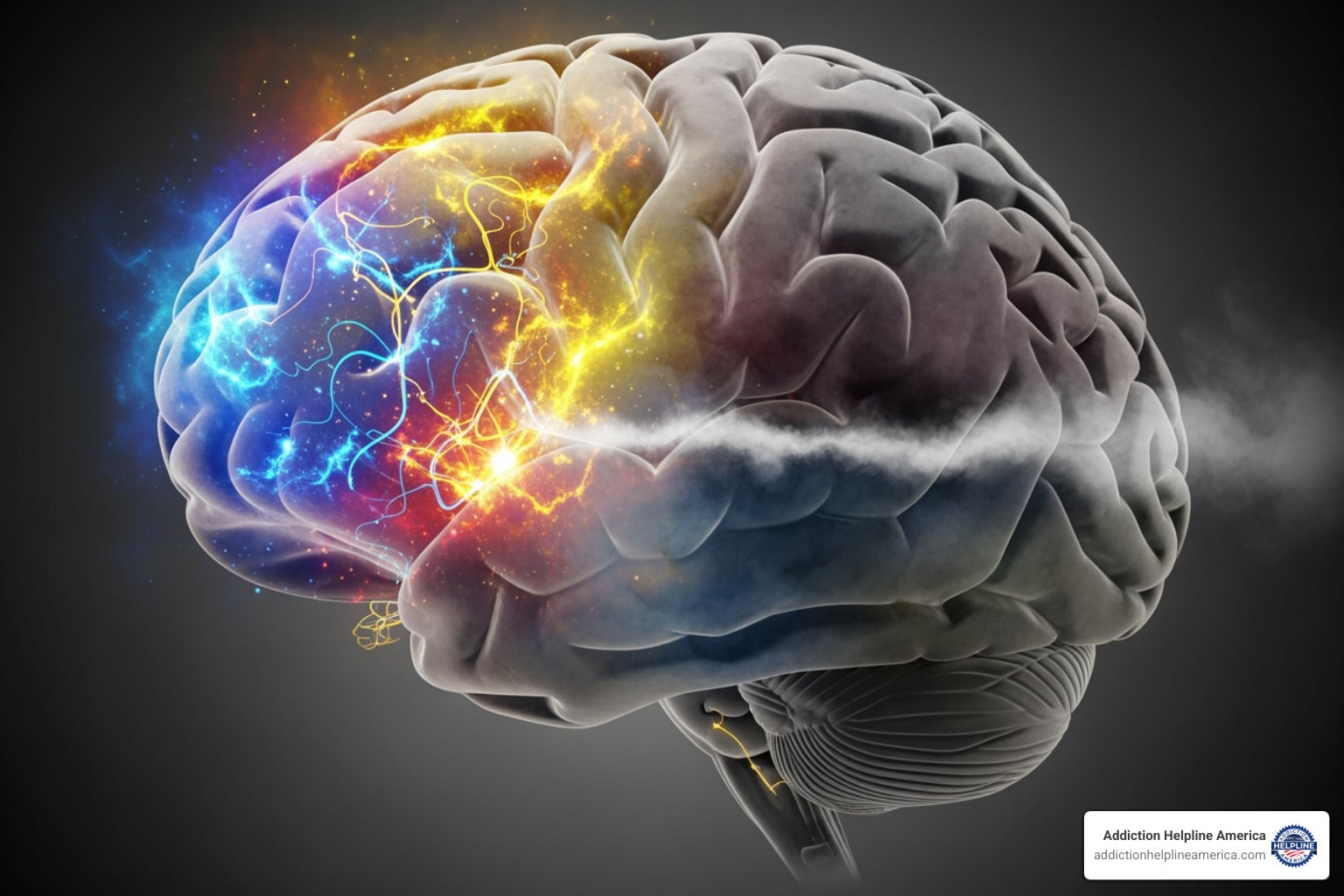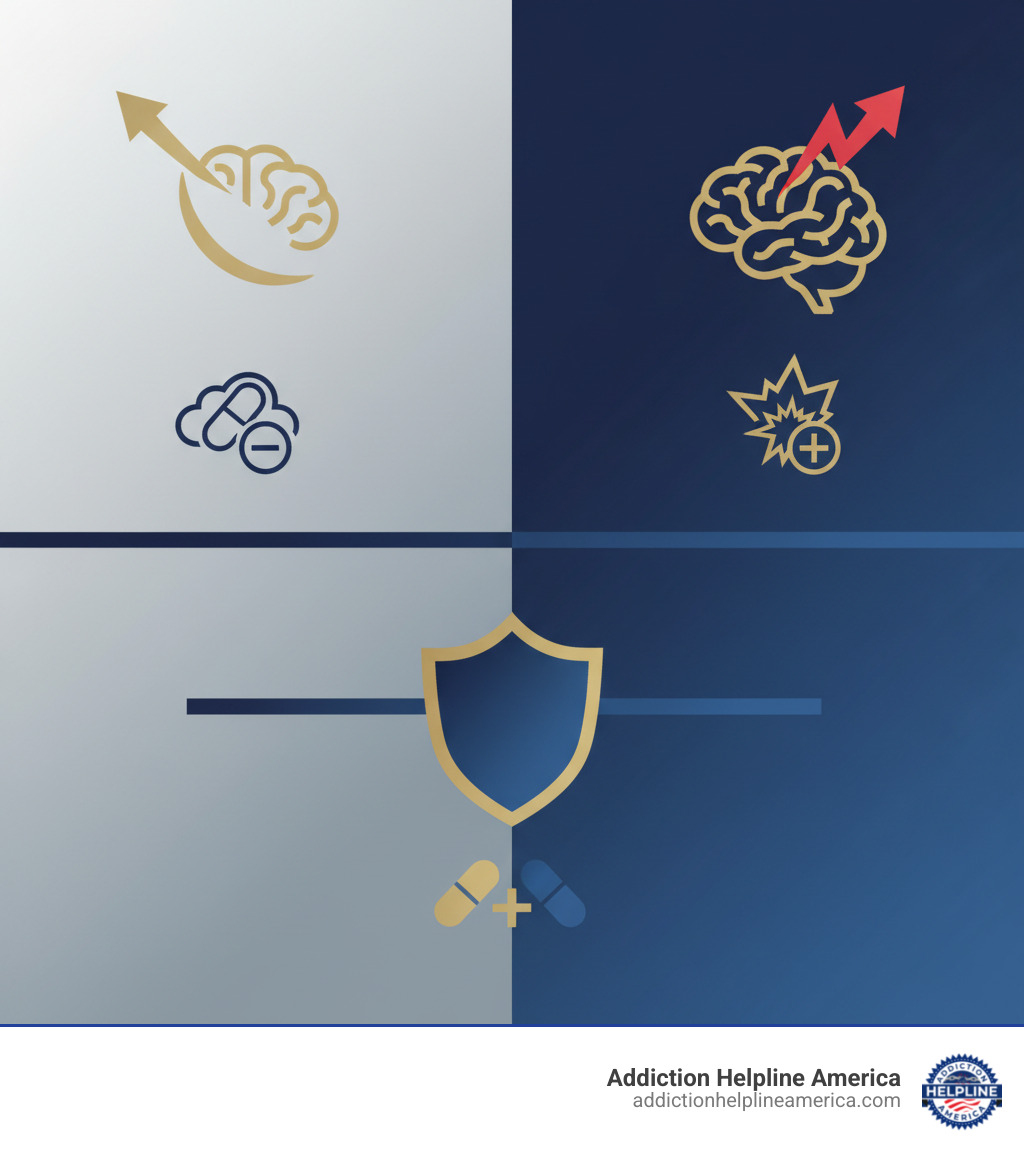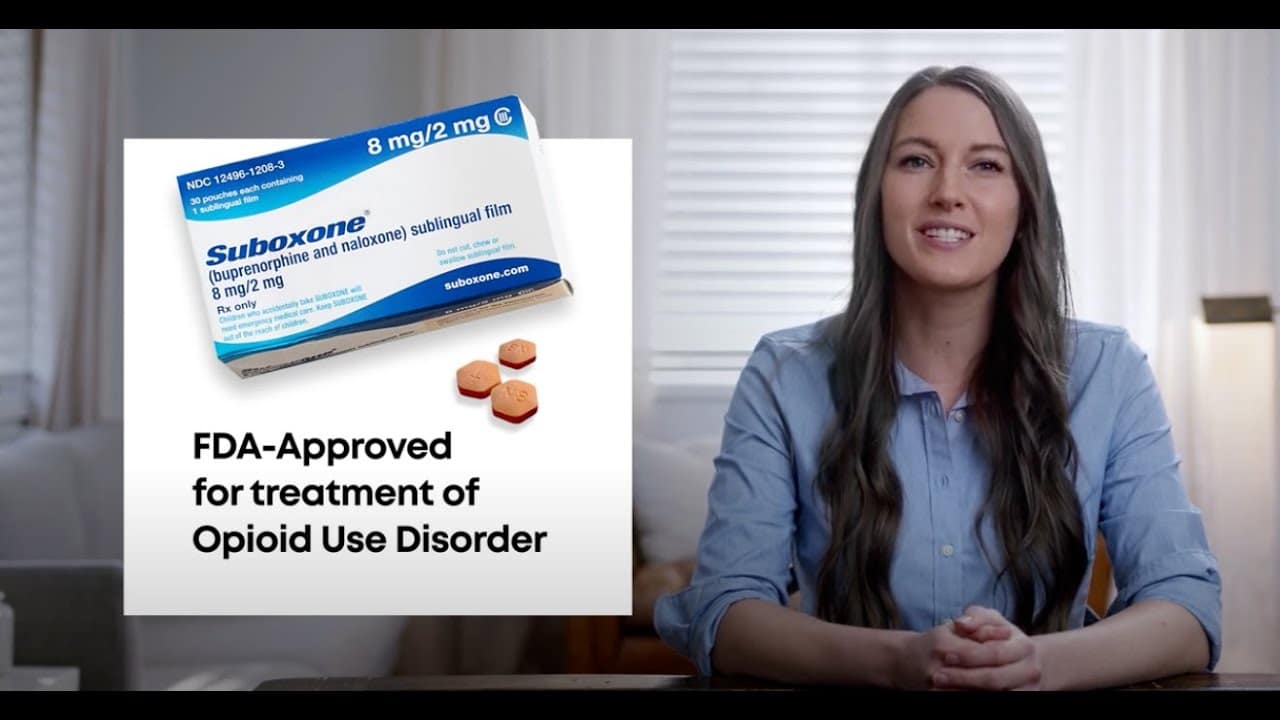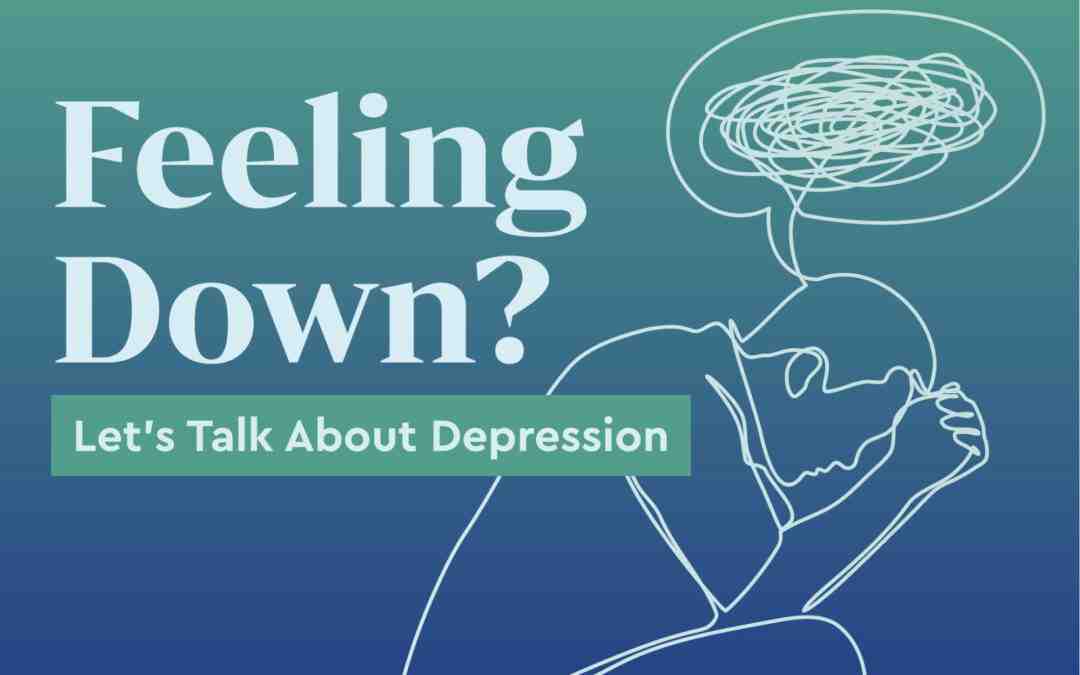
Understanding the Complex Relationship Between Bipolar Disorder and Antidepressants
Bipolar disorder and antidepressants represent one of the most controversial topics in mental health treatment. Here’s what you need to know:
- Antidepressants are considered “experimental” for bipolar depression – none have been proven more effective than placebo in bipolar I disorder
- Using antidepressants alone is risky – they can trigger mania, hypomania, or rapid cycling
- They must be combined with mood stabilizers – never take antidepressants by themselves for bipolar disorder
- Bipolar II may respond differently – short-term use appears safer for bipolar II depression
- SSRIs and bupropion are preferred – if antidepressants are used, these carry lower risks than older options
Bipolar disorder is a mental health condition marked by extreme mood swings. People experience manic highs (liftd mood, racing thoughts, high energy) and depressive lows (sadness, hopelessness, fatigue). The depressive phase dominates most of the illness – symptoms occur three times more often than mania. Even more concerning, suicide risk is at least 18 times higher during depressive episodes compared to manic ones.
This creates a difficult dilemma. Antidepressants can lift depression, but they may also trigger dangerous manic episodes. That’s why their use in bipolar disorder remains hotly debated among psychiatrists and researchers.
At Addiction Helpline America, we’ve guided countless individuals and families through the challenges of mental health conditions that often co-occur with substance use, including understanding how treatments like bipolar disorder and antidepressants interact with recovery. Our team of addiction specialists and mental health advocates provides 24/7 support to help you steer these complex treatment decisions and connect with the right care.

Glossary for bipolar disorder and antidepressants:
Understanding Bipolar Disorder and Its Depressive Phase

Living with bipolar disorder feels like riding an emotional roller coaster you never bought a ticket for. One week you’re on top of the world, bursting with energy and ideas. The next, you can barely get out of bed.
Defining Bipolar Disorder
Bipolar disorder is a lifelong mental health condition that affects how your brain regulates mood, energy, and daily functioning. Unlike the normal ups and downs everyone experiences, bipolar mood swings are more intense and can seriously disrupt your life. These aren’t just “good days” and “bad days” – they’re distinct episodes that can last weeks or even months.
The condition causes people to swing between periods of liftd or irritable mood (called mania or hypomania) and periods of deep depression. Understanding these patterns is crucial when considering treatments like bipolar disorder and antidepressants.
Types of Bipolar Disorder
Not all bipolar disorder looks the same. Mental health professionals recognize several distinct types:
Bipolar I disorder involves intense manic episodes that last at least seven days or are so severe you need immediate hospital care. These manic highs are often followed by depressive episodes lasting at least two weeks. This is the “classic” form most people picture when they hear “bipolar disorder.”
Bipolar II disorder follows a different pattern. Instead of full-blown mania, people experience hypomania – a milder form where you feel unusually upbeat and energetic, but not to the point of losing touch with reality. The depressive episodes, however, hit just as hard.
Cyclothymic disorder involves ongoing mood fluctuations over at least two years. You experience numerous periods of hypomanic and depressive symptoms, but they don’t quite meet the full criteria for major episodes.
The Dominance of Depression
Here’s what surprises most people: despite mania getting all the attention in movies and media, depression is actually the dominant feature of bipolar disorder. If you have bipolar disorder, you’ll spend far more time battling depression than mania.
The numbers tell a striking story. People with bipolar disorder experience depressive symptoms three times more often than manic symptoms. For those with bipolar II disorder, the gap is even wider – you might experience 37 weeks of depression for every single week of hypomania.
This prolonged depression doesn’t just make you feel sad. It impacts your ability to work, maintain relationships, think clearly, and handle everyday tasks. It’s the part of the illness that causes the most suffering and disability.
Suicide Risk
The depressive phase of bipolar disorder carries devastating risks. Suicide attempts and deaths are at least 18 times more common during depressive episodes compared to manic ones. This stark reality is why finding safe, effective treatments for bipolar depression matters so much – and why the debate around bipolar disorder and antidepressants is so important.
Standard Treatment Approach
Because bipolar disorder is complex, treating it requires a thoughtful, multi-layered approach. The foundation of treatment centers on medication prescribed by a mental health professional.
Mood stabilizers form the backbone of bipolar treatment. Medications like lithium, divalproex (Depakote), valproate, and carbamazepine help prevent both manic and depressive episodes. They’re considered essential for managing the condition long-term.
Other medications as prescribed by a mental health professional often complement mood stabilizers. This might include lamotrigine, which has mood-stabilizing properties and works particularly well for bipolar depression. Atypical antipsychotic medications like quetiapine, olanzapine, lurasidone, and cariprazine have also proven effective for treating bipolar depression. Unlike traditional antidepressants, these medications have antimanic effects, which makes them safer choices.
Working with a qualified psychiatrist is essential. They can create a personalized treatment plan that addresses your specific symptoms and situation. At Addiction Helpline America, we help connect people with experienced mental health professionals who understand the nuances of bipolar treatment.
The Controversial Role of Bipolar Disorder and Antidepressants

The relationship between bipolar disorder and antidepressants is one of the most debated topics in psychiatry today. Despite decades of research, the question of whether antidepressants truly help bipolar depression remains surprisingly unsettled.
“Experimental” Status
Here’s something that might surprise you: for people with bipolar I disorder, traditional antidepressants are considered “experimental” when treating depressive episodes. Research has shown that none have been conclusively proven more effective than a placebo—essentially a sugar pill—in alleviating bipolar I depression. This isn’t to say they don’t work at all, but rather that the scientific evidence hasn’t definitively demonstrated their effectiveness in controlled studies.
Widespread Use Despite Controversy
Yet despite these concerns, antidepressants remain incredibly common in bipolar treatment. Between 2013 and 2016, as many as 57% of patients with bipolar I disorder received prescriptions for antidepressants alongside their mood stabilizers. This widespread use reflects a clinical reality where both doctors and patients are desperately seeking relief from the crushing weight of depressive symptoms. When someone is struggling with severe bipolar depression, the theoretical debates matter less than finding something—anything—that might help.
The Necessity of Mood Stabilizers
Here’s where things get serious, and we can’t emphasize this enough: antidepressants should never be taken alone for bipolar disorder. This isn’t just a guideline—it’s a critical safety issue. When taken without a mood stabilizer, antidepressants can actually worsen bipolar symptoms or trigger a dangerous “flip” into mania or hypomania. This phenomenon, called treatment-emergent affective switch (TEAS), is a significant concern that psychiatrists watch for carefully.
Using antidepressants alone may also trigger or worsen rapid cycling, a severe form of bipolar disorder where someone experiences four or more mood episodes within a single year. Medical guidelines are crystal clear: there are significant risks to taking antidepressants for bipolar disorder unless they’re combined with other medications, particularly mood stabilizers or antipsychotics. Mood stabilizers should be started at the very beginning of treatment, forming the foundation of any therapeutic plan. Psychiatrists and mental health professionals almost always prescribe antidepressants in combination with these protective medications to prevent destabilization.
How Antidepressants Work and Why They’re Debated
To understand the controversy surrounding bipolar disorder and antidepressants, it helps to know what these medications actually do in your brain.
Mechanism of Action
Antidepressants work by increasing levels of certain brain chemicals called neurotransmitters—particularly serotonin and norepinephrine. Think of these as your brain’s mood messengers. When depression strikes, these chemical messengers often run low, and antidepressants help boost their availability. By keeping more of these “feel-good” chemicals circulating in your brain, antidepressants aim to lift mood and reduce depressive feelings.
Newer antidepressants like vilazodone and vortioxetine take a more sophisticated approach, affecting not just serotonin transporters but also various serotonin receptors throughout the brain. Additionally, antidepressants promote neuroplasticity—your brain’s ability to rewire and restructure itself—which helps improve mood regulation over time.
Insufficient Evidence
Despite understanding how antidepressants work, there’s a frustrating gap in the evidence. Multiple studies have failed to conclusively prove that antidepressants effectively treat bipolar depression as a standalone treatment. A 2018 overview article highlighted this ongoing controversy, finding a general lack of solid proof regarding their effectiveness specifically for bipolar disorder. The evidence remains conflicting across numerous studies, leaving researchers, clinicians, and patients without clear answers.
Monotherapy Danger
The central reason for caution with bipolar disorder and antidepressants is the danger of using them alone—what doctors call monotherapy. Without a mood stabilizer providing protection, antidepressants can worsen existing symptoms, trigger manic or hypomanic episodes, or induce rapid cycling. Current clinical guidelines strongly advise against antidepressant monotherapy for bipolar I disorder because of these significant risks. The potential harm simply outweighs any uncertain benefits.
What Research Says About Bipolar Disorder and Antidepressants
Scientists have conducted extensive research to understand whether antidepressants have a place in bipolar treatment, and the findings paint a complicated picture.
Adjunctive Therapy
When antidepressants are used alongside mood stabilizers or atypical antipsychotics—called adjunctive therapy—the results become slightly clearer, though still not straightforward. Some studies suggest that adding antidepressants to mood stabilizers like lithium or divalproex may not provide significant additional benefit for treating bipolar depression.
A major international clinical trial examined patients with bipolar I disorder who had recently recovered from a depressive episode. Researchers wanted to know whether continuing antidepressants (escitalopram or bupropion XL) for 52 weeks offered meaningful benefits compared to stopping them after just 8 weeks. The primary findings showed that long-term use didn’t significantly prevent mood episodes overall—31% of patients on long-term treatment experienced relapse compared to 46% who stopped early.
However, when researchers looked more closely at the data, they found something interesting: patients who continued antidepressants for the full year were 59% less likely to experience another depressive episode specifically. This suggests that while overall mood stability might not dramatically improve, the risk of sliding back into depression could be reduced. Despite these potential benefits, antidepressants don’t always lead to full remission and may not significantly increase treatment responsiveness compared to mood stabilizers used alone.
Short-Term Use
General practice guidelines recommend prescribing antidepressants for bipolar disorder only for short-term use, typically alongside a mood stabilizer. This cautious approach aims to address acute depressive symptoms while minimizing the risk of triggering mood switches.
For people with bipolar II depression, the picture looks somewhat brighter. Bipolar II patients tend to switch less frequently and experience milder hypomania rather than full-blown mania. Some short-term studies have shown promise for antidepressant use in bipolar II depression, with safety and efficacy comparable to mood stabilizers—though this still requires very careful monitoring by a mental health professional.
Professional Guidelines for Antidepressant Use
Leading mental health organizations worldwide have weighed in on how bipolar disorder and antidepressants should be managed. Organizations like the International Society for Bipolar Disorders (ISBD) and the Canadian Network for Mood and Anxiety Treatments (CANMAT) have issued guidelines that consistently emphasize caution.
Antidepressants are not considered first-line treatment for bipolar depression. Instead, mood stabilizers and atypical antipsychotics are recommended as primary treatments. When antidepressants are prescribed, it should be done cautiously and typically for short-term use only. The ISBD Task Force, after reviewing numerous studies, could not conclusively recommend antidepressants as a standalone treatment for bipolar disorder.
The most critical recommendation across all professional guidelines is this: if an antidepressant is used, it must always be combined with an antimanic agent—either a mood stabilizer or an atypical antipsychotic. This adjunctive approach is essential to reduce the risk of inducing mania or rapid cycling. When antidepressants are deemed necessary, the ISBD Task Force specifically recommends certain types for initial use: SSRIs (including citalopram, escitalopram, fluoxetine, paroxetine, and sertraline) and bupropion, always in combination with mood stabilizers.
These guidelines reflect the ongoing effort to balance two competing needs: treating debilitating depression while preventing destabilizing manic episodes. It’s a delicate balancing act that requires expertise, patience, and close monitoring. If you’re navigating these complex treatment decisions, Addiction Helpline America can connect you with mental health professionals who specialize in bipolar disorder and understand the nuances of medication management. We’re here 24/7 to provide free, confidential guidance and help you find the right care.
Key Risks and Considerations for Antidepressant Use
When we talk about bipolar disorder and antidepressants, we need to have an honest conversation about the risks. These medications work wonders for many people with unipolar depression, but they present some serious challenges when bipolar disorder is in the picture.
The Risk of Manic Switching with Bipolar Disorder and Antidepressants
The most alarming risk? Antidepressants can flip someone from depression straight into mania. It’s like trying to gently nudge someone awake, only to find they’ve jumped out of bed and started rearranging the furniture at 3 AM.
Treatment-Emergent Affective Switch (TEAS)
TEAS happens when someone enters a manic or hypomanic episode within eight weeks of starting antidepressant treatment. One day you’re fighting through the fog of depression, and suddenly you’re experiencing an liftd or irritable mood, racing thoughts, boundless energy, and barely any need for sleep. It’s an abrupt, jarring shift that can be both distressing and dangerous.
This is exactly why anyone taking antidepressants for bipolar disorder and antidepressants needs close, consistent monitoring from their healthcare provider, especially when starting a new medication or adjusting doses.
Rapid Cycling Risk
Beyond the immediate concern of acute manic switches, there’s another long-term danger: rapid cycling. When antidepressants are used alone—without the protective buffer of a mood stabilizer—they can trigger or worsen this particularly severe pattern of bipolar disorder.
Rapid cycling means experiencing four or more mood episodes (whether manic, hypomanic, or depressive) within just twelve months. Imagine being on a roller coaster that never stops for passengers to get off. The condition becomes exponentially harder to manage, and the impact on daily life can be devastating. Older antidepressants, particularly tricyclic antidepressants (TCAs), have been especially notorious for inducing rapid cycling.
Bipolar I vs. Bipolar II
Not everyone with bipolar disorder faces the same level of risk. The type of bipolar disorder matters significantly.
People with bipolar I disorder face a higher risk of experiencing a full-blown manic episode when taking antidepressants. Their switches tend to be more dramatic and potentially more dangerous. In contrast, those with bipolar II disorder generally have a lower switch rate and tend to shift into milder hypomanic states rather than full mania.
This difference is one reason why some psychiatrists might cautiously consider short-term antidepressant use for bipolar II depression—though always under strict medical supervision and ideally with a mood stabilizer. But even then, it’s walking a tightrope.
Common Side Effects and Discontinuation Risks
Like any medication, antidepressants come with their own baggage of side effects. For someone already navigating the complexities of bipolar disorder, these additional challenges can feel overwhelming.
Physical Side Effects
The physical toll can include nausea that makes meals unappealing, headaches that throb through the day, and sleepiness or insomnia—which is particularly ironic when you’re trying to stabilize your sleep patterns as part of managing bipolar disorder. Some antidepressants can also cause weight gain over time. In fact, studies like the long-term escitalopram trial showed a notably higher rate of clinically significant weight gain among those continuing antidepressant treatment.
Psychological Side Effects
Then there are the mental and emotional side effects: agitation that makes you feel jumpy and on edge, reduced sex drive that strains relationships, anxiety that compounds existing worries, and restlessness that won’t let you settle. These symptoms can make it hard to stick with treatment, especially when you start feeling better and wonder if you still need the medication—or when the side effects become so bothersome that stopping seems like the better option.
Discontinuation Risks
Here’s where things get particularly tricky: suddenly stopping antidepressants can make bipolar symptoms worse. Much worse. Abrupt discontinuation can trigger a rebound of depressive symptoms, cause uncomfortable withdrawal effects, or even spark a brand-new mood episode. It’s like slamming on the brakes in a car—you might stop, but you’ll probably cause some damage in the process.
This is why you should never, ever stop or adjust your antidepressant medication without talking to your healthcare provider first. They can create a safe tapering schedule that gradually reduces your dose, giving your brain time to adjust and minimizing the risk of a destabilizing mood episode.
Comparing Treatment Options for Bipolar Depression
When you’re facing bipolar depression, it helps to understand all your options. Antidepressants aren’t the only tool in the toolbox—and they’re certainly not the first one most psychiatrists reach for.
First-line treatments for bipolar depression typically include mood stabilizers like lithium and lamotrigine, along with other medications as prescribed by your mental health professional, such as certain atypical antipsychotics. These medications have proven track records for managing bipolar depression while also protecting against manic switches. Lithium, in particular, has decades of research supporting its effectiveness and has the added benefit of reducing suicide risk.
Second-line options might include other medications as appropriate for your specific situation, and this is where antidepressants sometimes enter the conversation—but only as adjunctive therapy, meaning they’re added to a mood stabilizer, never used alone.
When antidepressants are deemed necessary for bipolar disorder and antidepressants treatment, SSRIs (like sertraline and escitalopram) and bupropion are generally the preferred choices. These medications tend to have a lower risk of triggering manic switches compared to older antidepressants like tricyclics or MAOIs.
| Treatment Category | Examples | Role in Bipolar Depression | Key Considerations |
|---|---|---|---|
| Mood Stabilizers | Lithium, lamotrigine, divalproex | First-line treatment; foundation of therapy | Protects against both depression and mania; proven efficacy |
| Atypical Antipsychotics | Quetiapine, lurasidone, olanzapine, cariprazine | First-line treatment for acute episodes | Addresses depression while providing antimanic protection |
| Antidepressants | SSRIs (sertraline, escitalopram), bupropion | Second-line, adjunctive only | Must always be combined with mood stabilizer; short-term use recommended |
| Other Medications | As prescribed by mental health professional | Individualized based on symptoms and response | Custom to each person’s unique needs |
The bottom line? Treating bipolar depression is complex, and there’s no one-size-fits-all approach. At Addiction Helpline America, we’ve helped countless people steer these treatment decisions, connecting them with psychiatrists who can create personalized plans that balance symptom relief with safety. If you’re struggling with bipolar disorder or wondering about your treatment options, we’re here 24/7 to provide confidential support and help you find personalized mental health support today.
Our helpline is 100%
free & confidential
If you or someone you care about is struggling with drug or alcohol addiction, we can help you explore your recovery options. Don’t face this challenge alone—seek support from us.
Programs
Resources
Will my insurance
cover addiction
treatment?
We're ready to help
Find the best
drug or alcohol treatment
center
Are you or a loved one struggling with addiction? Call today to speak to a treatment expert.













